Introduction
There are places on earth that, while firmly rooted in the present, echo tales of a rich, vibrant past. One such place, deeply steeped in cultural significance and historical grandeur, is the Masjid Wazir Khan. This mosque, a magnificent testament to the era of the Mughal Empire, stands proud in the heart of Lahore, Pakistan. Serving not merely as a place of worship, it is a site of cultural amalgamation, architectural brilliance, and spiritual solace.
Location of Masjid Wazir Khan Lahore
Masjid Wazir Khan is located at Shahi Guzargah, Dabbi Bazar, Chota Mufti Baqar Walled City of Lahore, Lahore, Punjab 54000. To see location at Google Maps Click here
Timings of Masjid Wazir Khan:
Masjid Wazir Khan remains open 7 days a week from 5am to 8pm

Delving into the Past: The Making of Masjid Wazir Khan
The history of Masjid Wazir Khan intertwines with the narrative of Lahore, one of the most ancient cities in South Asia. The mosque was commissioned in 1634 by Hakeem Ilam-ud-din Ansari, a distinguished physician who served the royal court of the Mughal Empire. Endowed with the honorific title of Wazir Khan by Emperor Shah Jahan, Hakeem Ilam-ud-din Ansari’s dedication to his craft extended beyond the realm of medicine, manifesting in the creation of this architectural marvel.
The construction of Masjid Wazir Khan was an endeavor that spanned seven years, its completion in 1641 marked an era recognized as the golden age of Mughal architecture. The epoch saw an explosion of architectural creativity, with Emperor Shah Jahan being an enthusiastic patron of the arts and architecture. With the culmination of the mosque’s construction, the grandeur of Mughal architecture found an enduring representation in Lahore.

The Architectural Prodigy: Capacity and Design
Masjid Wazir Khan sprawls across a significant 279 feet by 159 feet area, its capacious design comfortably accommodating a congregation of several thousand worshippers simultaneously. This spaciousness, particularly notable in the mosque’s expansive courtyard and large prayer chambers, is reflective of the Mughal emphasis on community and congregational prayer.
The mosque is comprised of a vast prayer hall, several smaller rooms, and four towering minarets. The grand prayer hall, marked by its large central dome, is the heart of the mosque, with its lofty height and broad expanse facilitating the echoes of congregational prayers. The minarets, elegantly constructed and adorned with intricate design work, not only add to the aesthetic appeal of the mosque but also serve the practical function of the call to prayer, their lofty heights allowing the melodic call to be heard far and wide.
The Artistic Saga: Persian-style Kashi Kari and More
Unraveling the artistic narrative within Masjid Wazir Khan is akin to peeling back the layers of a timeless painting. The mosque is a breathtaking canvas adorned with the splendor of Persian-style Kashi Kari, a form of tile work typical to the region. This intricate form of artistry is painstakingly created by artisans who, through their skilled hands, breathe life into clay, transforming it into a kaleidoscope of vibrant colors and patterns.
The walls, arches, and domes of the mosque are covered in intricate floral motifs and geometric patterns, each hand-painted with exquisite precision. The vivacious hues of cobalt blue, turquoise, and white fuse harmoniously, creating a tapestry that enraptures the senses.
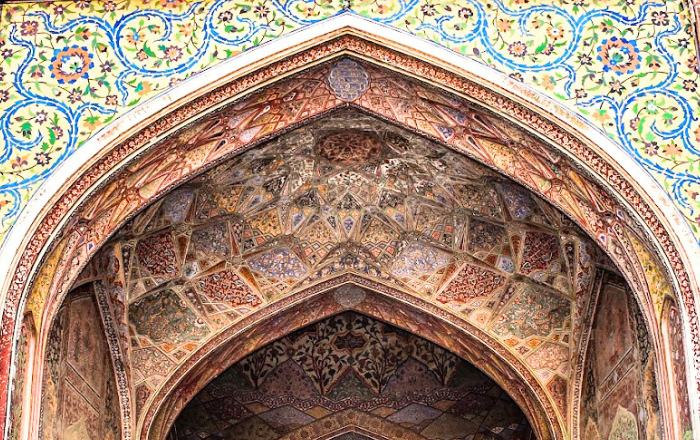
Interlaced with the rich tapestry of Kashi Kari are the beautifully crafted inscriptions in Persian and Arabic. These inscriptions, primarily verses from the Holy Quran, not only amplify the mosque’s spiritual ambiance but also serve as a demonstration of the art of calligraphy at its zenith during the Mughal era. The convergence of visual and linguistic art forms within the Masjid Wazir Khan is a testament to the multi-dimensional cultural exuberance of the time.
A Sanctuary of Spirituality: Tomb of Miran Badshah
Tucked within the mosque’s vast courtyard lies a place of profound serenity, the tomb of the 14th-century Sufi saint Syed Muhammad Ishaq Gazruni, known more widely as Miran Badshah. The Sufi tradition, marked by its mysticism and focus on the spiritual journey, is deeply ingrained in the fabric of Pakistani culture, and the presence of Miran Badshah’s tomb within Masjid Wazir Khan speaks to the deep-seated spiritual importance of this site.
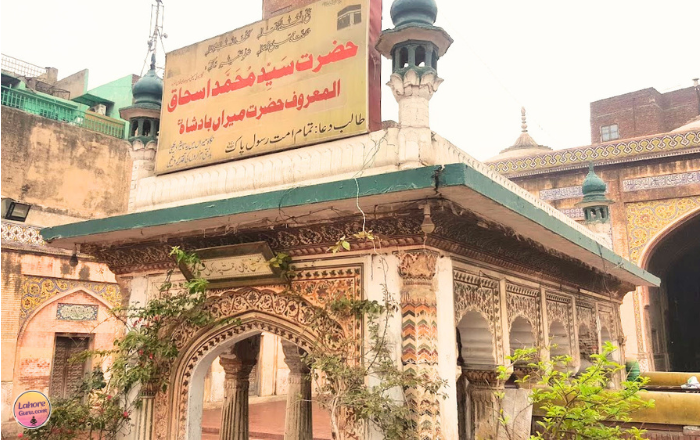
Devotees and seekers frequent the tomb, offering prayers and seeking the saint’s blessings. This age-old practice imbues the mosque with an atmosphere of spiritual calmness and tranquility that extends beyond its architectural beauty, inviting worshippers and visitors into a realm of reflection and peace.
Recognizing its Cultural and Historical Importance: UNESCO and Beyond
The Masjid Wazir Khan is not merely a monument of the past. It is a living, breathing testament to Lahore’s cultural richness and historical significance. The mosque’s eminence has been recognized globally, as evidenced by its inclusion in UNESCO‘s tentative list of World Heritage Sites. This honor denotes the mosque’s value as an irreplaceable piece of world heritage, marking it as a site of international importance, whose preservation is crucial for future generations.
The mosque, beyond its architectural grandeur and artistic beauty, represents an epoch of historical significance, a time when art, culture, spirituality, and architecture interwove seamlessly to create edifices of enduring beauty. It stands as a symbol of a time when human creativity and spirituality were interlaced, yielding spaces of both physical and spiritual beauty.
The Fame of Masjid Wazir Khan: More than a Mosque
The fame of Masjid Wazir Khan extends far beyond its religious significance. It is celebrated as a symbol of rich cultural heritage, a repository of extraordinary artistry, a spiritual sanctuary, and a historical landmark. Its reputation is built upon its stunning Kashi Kari work, its historical importance, and the spiritual aura it fosters.
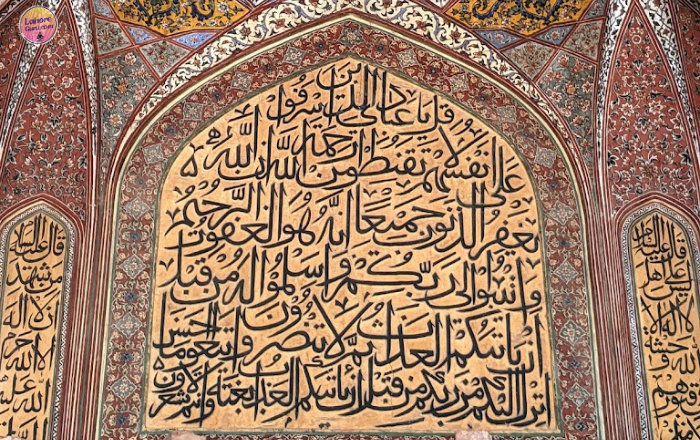
Masjid Wazir Khan stands as a testament to Lahore’s vibrant history and serves as an everlasting imprint of the artistic brilliance of the Mughal era. Each visit to the mosque offers a fresh perspective, a new insight into the grandeur of a bygone era. It is a place where history comes alive, where every stone, every tile whispers tales of the past, and where the spiritual essence of Sufism pervades the air.
Restoration Efforts: Ensuring its Timeless Beauty Endures
Over the centuries, the mosque has borne the brunt of time and environmental factors, leading to its steady deterioration. Recognizing the need to preserve this historical gem, several restoration efforts have been undertaken in recent years. The most notable of these has been carried out by the Aga Khan Trust for Culture (AKTC) in partnership with the Walled City of Lahore Authority (WCLA).
Under the aegis of this partnership, restoration efforts have been directed at preserving and reviving the mosque’s original beauty while ensuring its structural stability. The efforts have been meticulously planned and executed, with careful attention given to preserving the original artistry while implementing necessary reinforcements.
The endeavor of restoring the Masjid Wazir Khan has been a journey of revival. It has not only given a new lease on life to the physical structure of the mosque but has also reinvigorated the vibrant cultural narrative that it embodies. This preservation work ensures that the grandeur of the mosque continues to inspire and awe, not just in the present, but for generations to come.
Bottom Line: A Journey through Time
A visit to Masjid Wazir Khan is akin to a journey through time, a step into an era of historical and cultural opulence. From its breathtaking Kashi Kari artistry to its serene spiritual ambiance, the mosque serves as a poignant reminder of our connection with the past. As we step away from its captivating aura, we carry with us not only the sense of having witnessed an architectural marvel but also a piece of living history.
The Masjid Wazir Khan, with its rich historical significance, its captivating artistry, and its spiritual serenity, stands as a beacon of Lahore’s cultural heritage. It represents the past, enriches the present, and offers inspiration for the future, ensuring that the echo of a magnificent era continues to resonate through the annals of time.
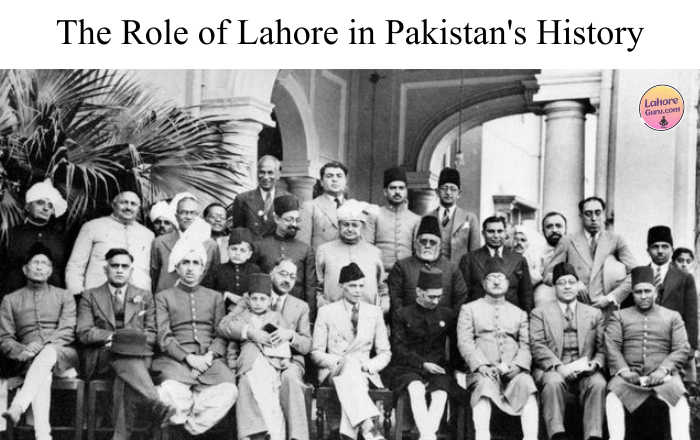
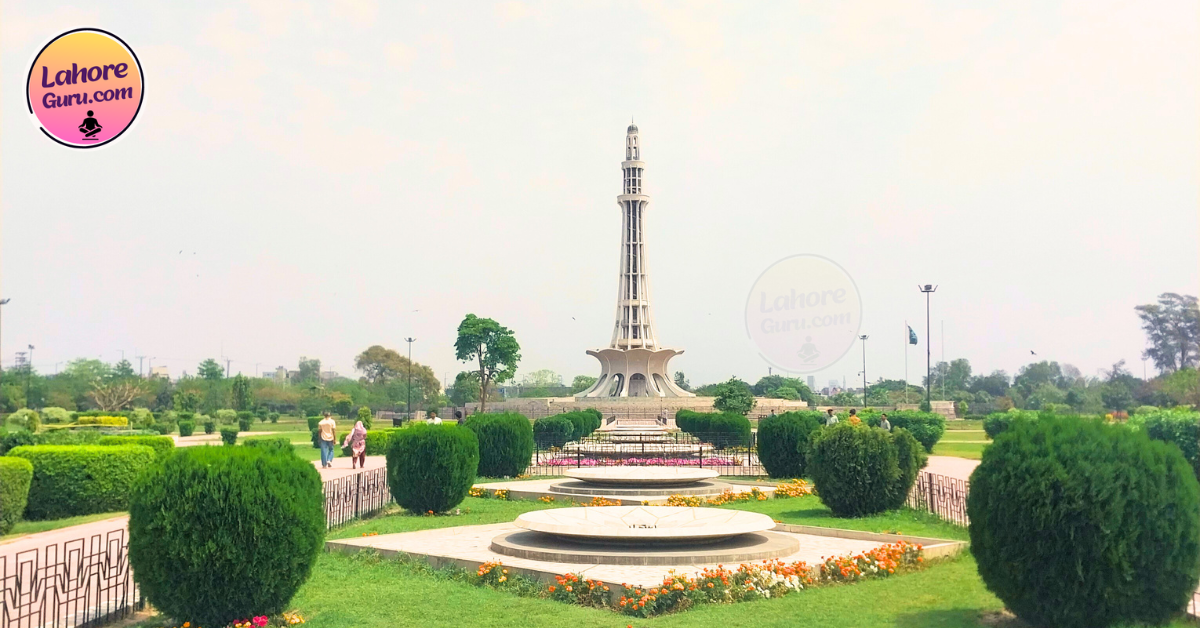
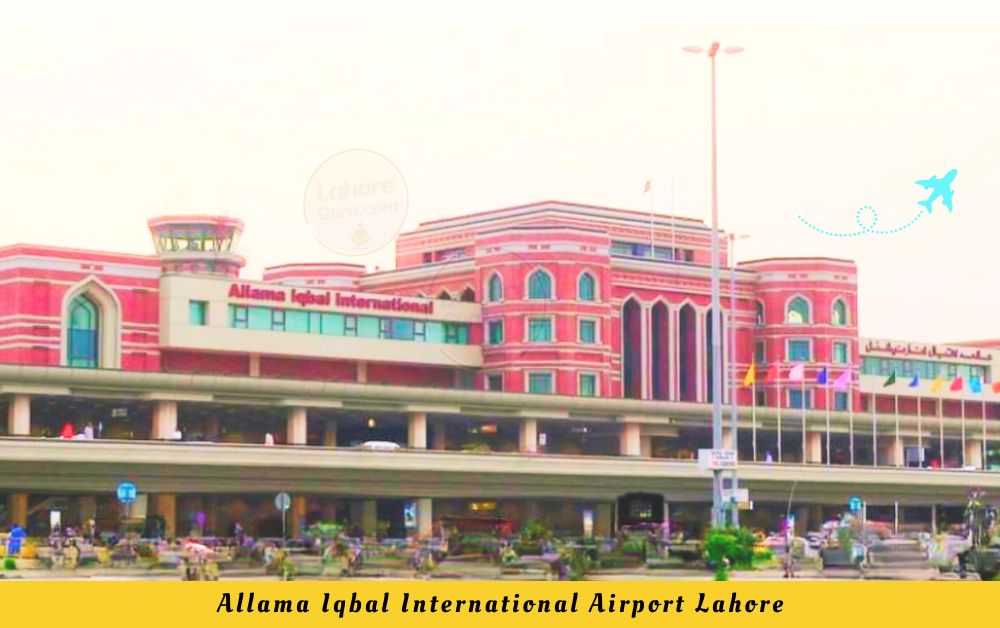
The amount of effort that you put into it was very impressive to observe. Despite the fact that the picture is appealing and your writing style is elegant, it appears that you are concerned about the fact that you ought to be providing the following content. In the event that you take care of this hike, I will almost definitely return to come back and read more of your work.
Thank you for your valuable feedback!
Thanks I have just been looking for information about this subject for a long time and yours is the best Ive discovered till now.
The visual display is elegant, and the written content is impressive.